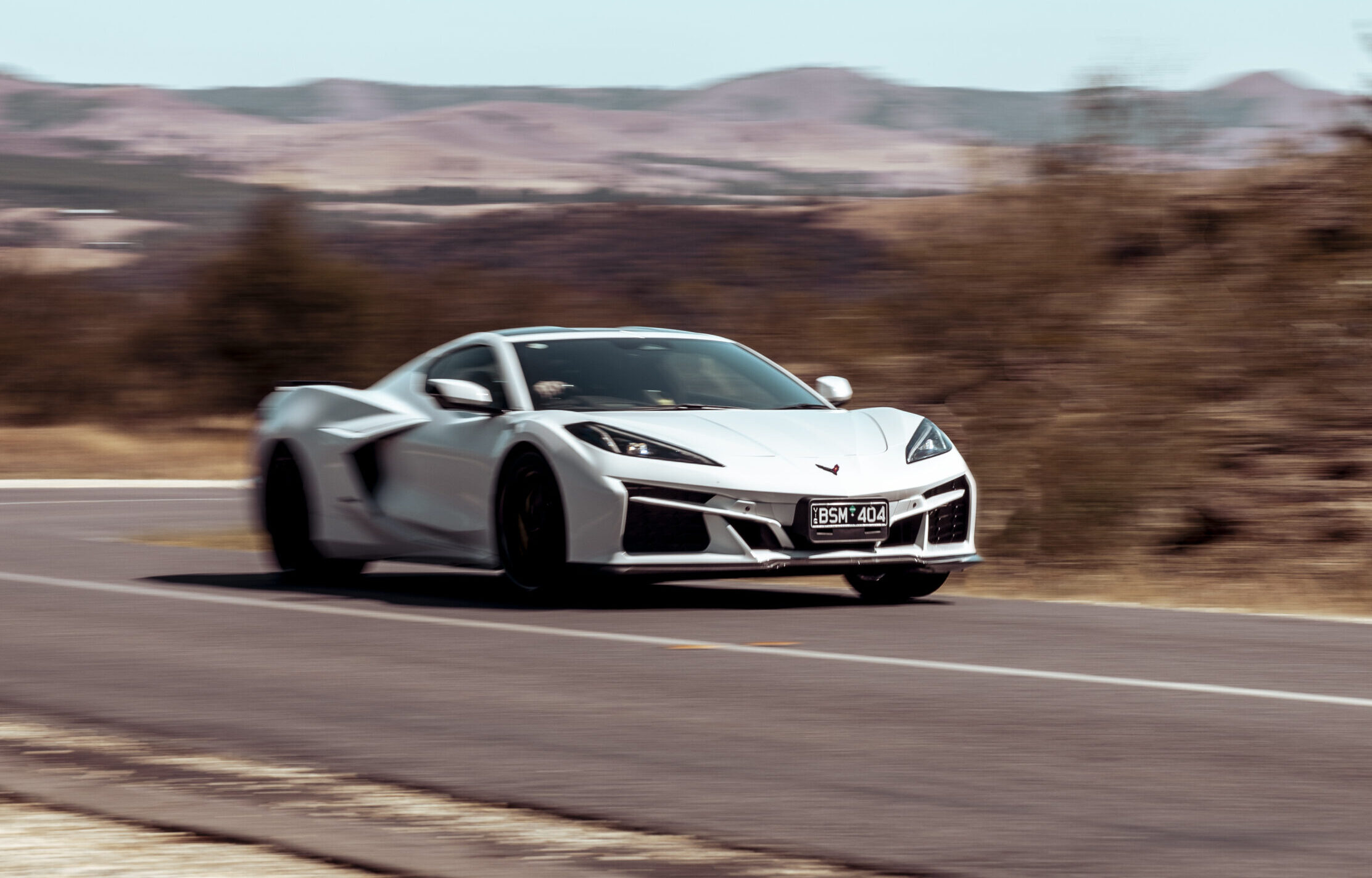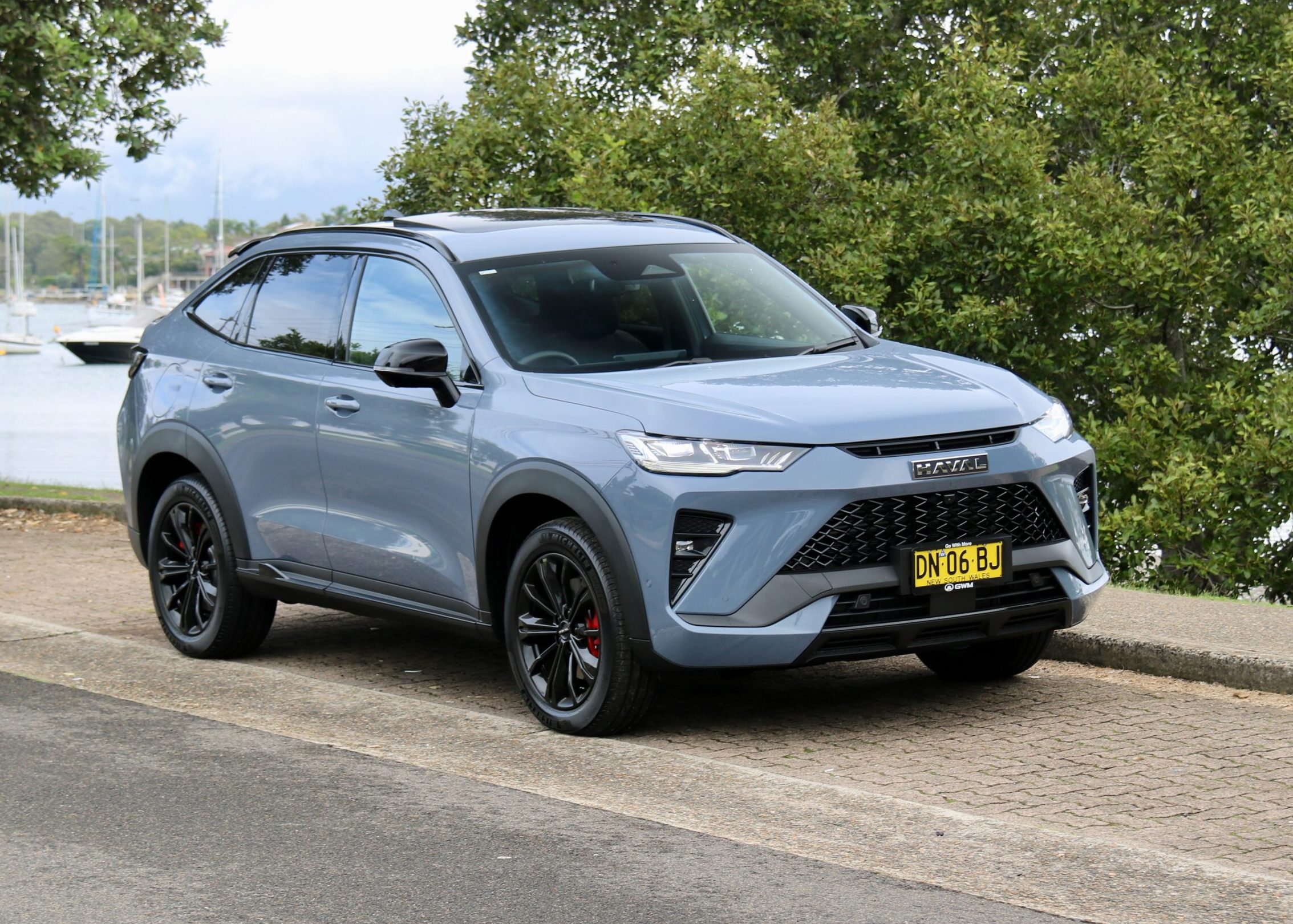A DECADE ago, luxury cars were a niche market. The top four manufacturers – Audi, BMW, Lexus and Mercedes-Benz – and their kind, including Jaguar, commanded just one in 20 new-car sales. Fast-forward to today, and that figure has grown to around one in every 10. That’s almost mainstream.
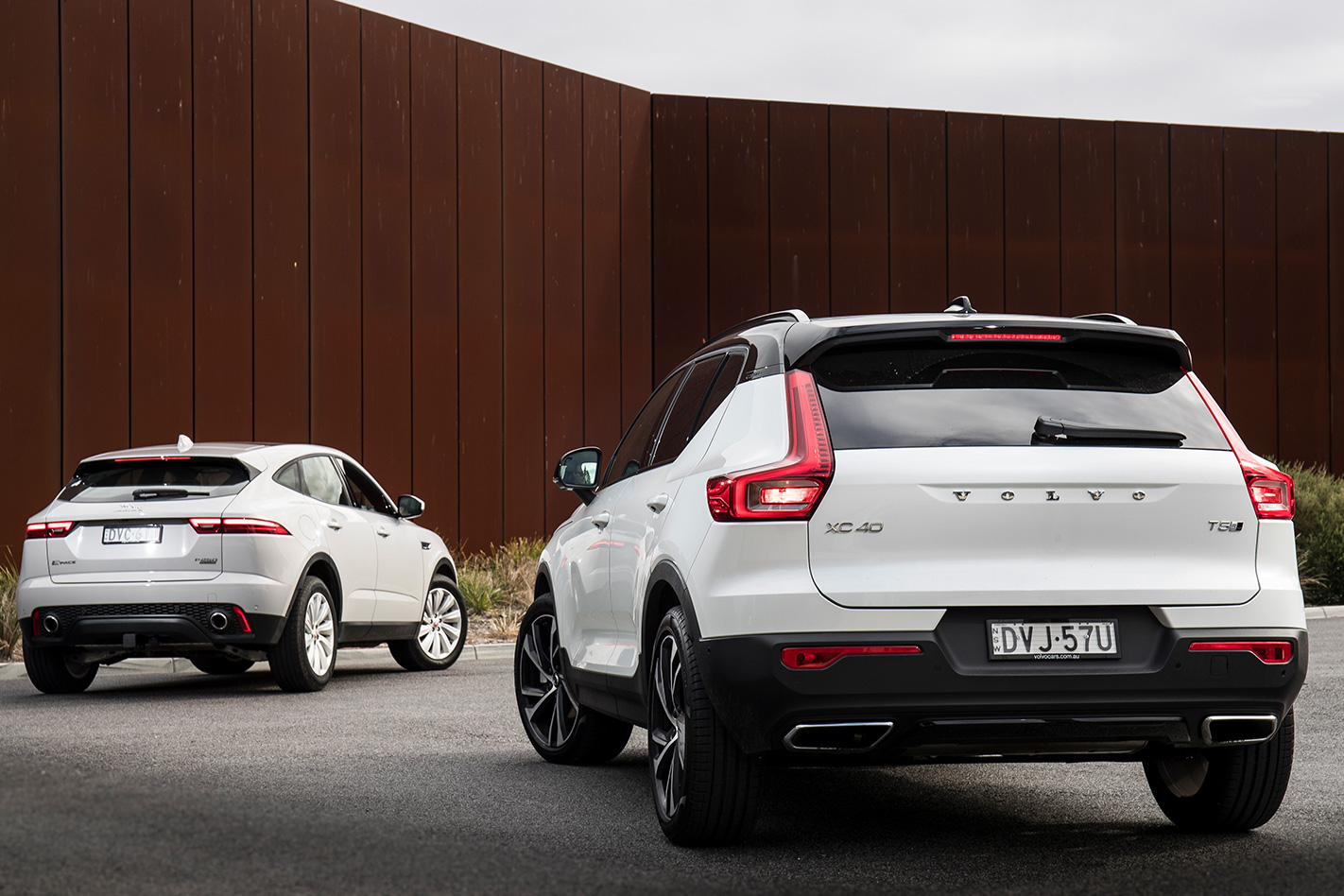
Much of that stellar growth in the luxury car segment has come from SUVs. Nowhere is that more apparent than in small SUVs, where manufacturers try and leapfrog each other to attract sales in a corner of the market where buyers don’t mind spending a bit of extra money to stand out from the crowd. Think the likes of the Audi Q2, BMW X1, Lexus NX, the Mercedes-Benz GLA-Class, and more recently, the Audi Q2 and the BMW X2.
But two brands now making noise in the small SUV space are virgins to the territory; Indian-owned Brit brand Jaguar with its E-Pace, and Chinese-backed Swede Volvo with the XC40.
Here, we’ve chosen two similarly equipped 2.0-litre turbo petrol variants – Volvo’s top-spec XC40 T5 R-Design and the Jaguar E-Pace 250 S, which sits at the lower end of the crossover cat’s 38-strong variant line-up – in what’s shaping up to be the biggest Anglo-Nordic clash since the Cod Wars.
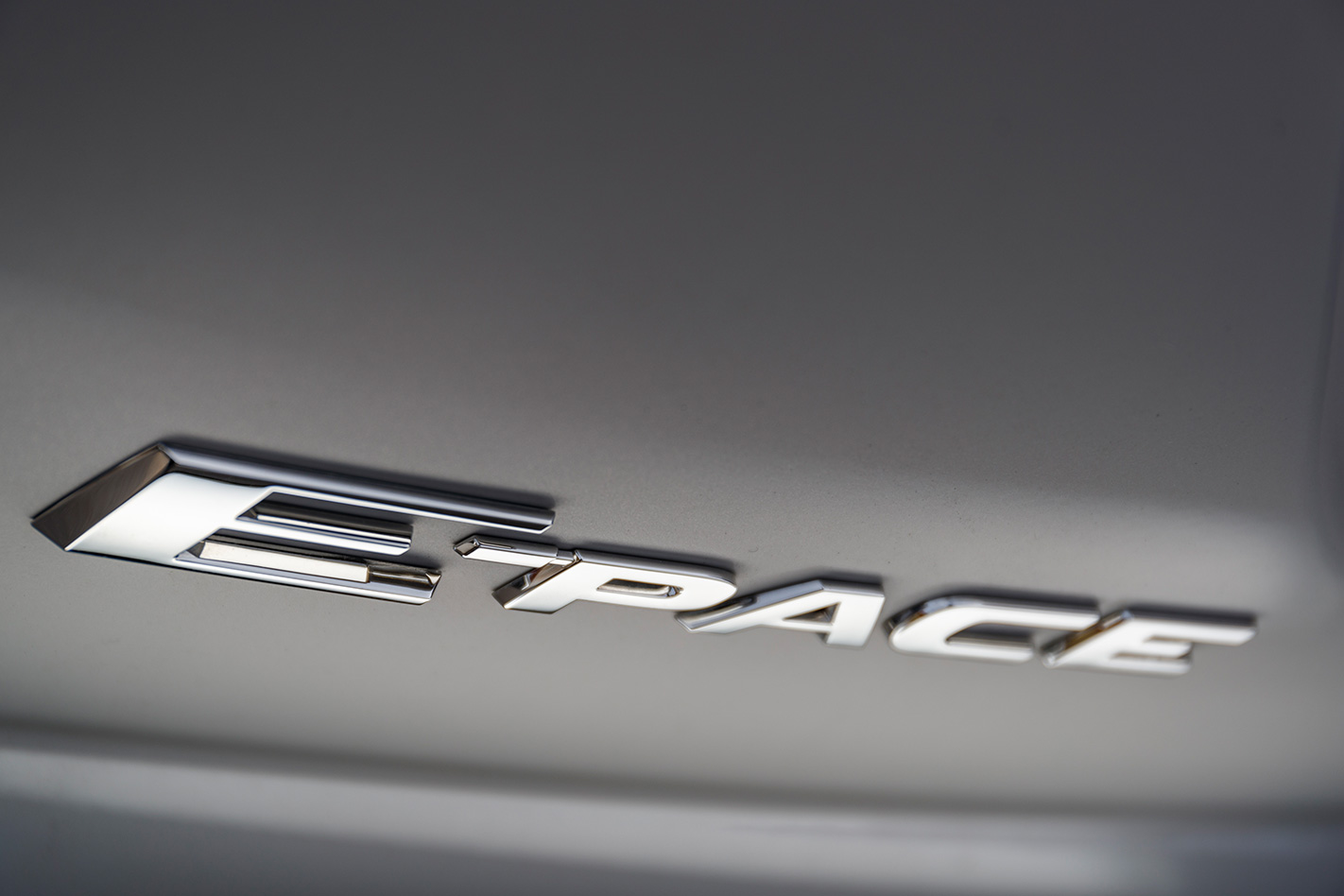
PRICE AND EQUIPMENT
Buy these cars standard off the rack they’d set you back $54,990 for the XC40 T5 R-Design and $57,600 for the E-Pace 250 S.
The 2.0-litre turbocharged powertrains they use are similar, with torque converter autos driving all four wheels with the Jag’s nine-speeder bringing an extra gear.
Safety features in both cars include automatic emergency braking, cruise control with speed limiter, driver alert monitor, lane keeping assist and rear-cross traffic alert, with the Volvo also featuring blind-spot monitoring.
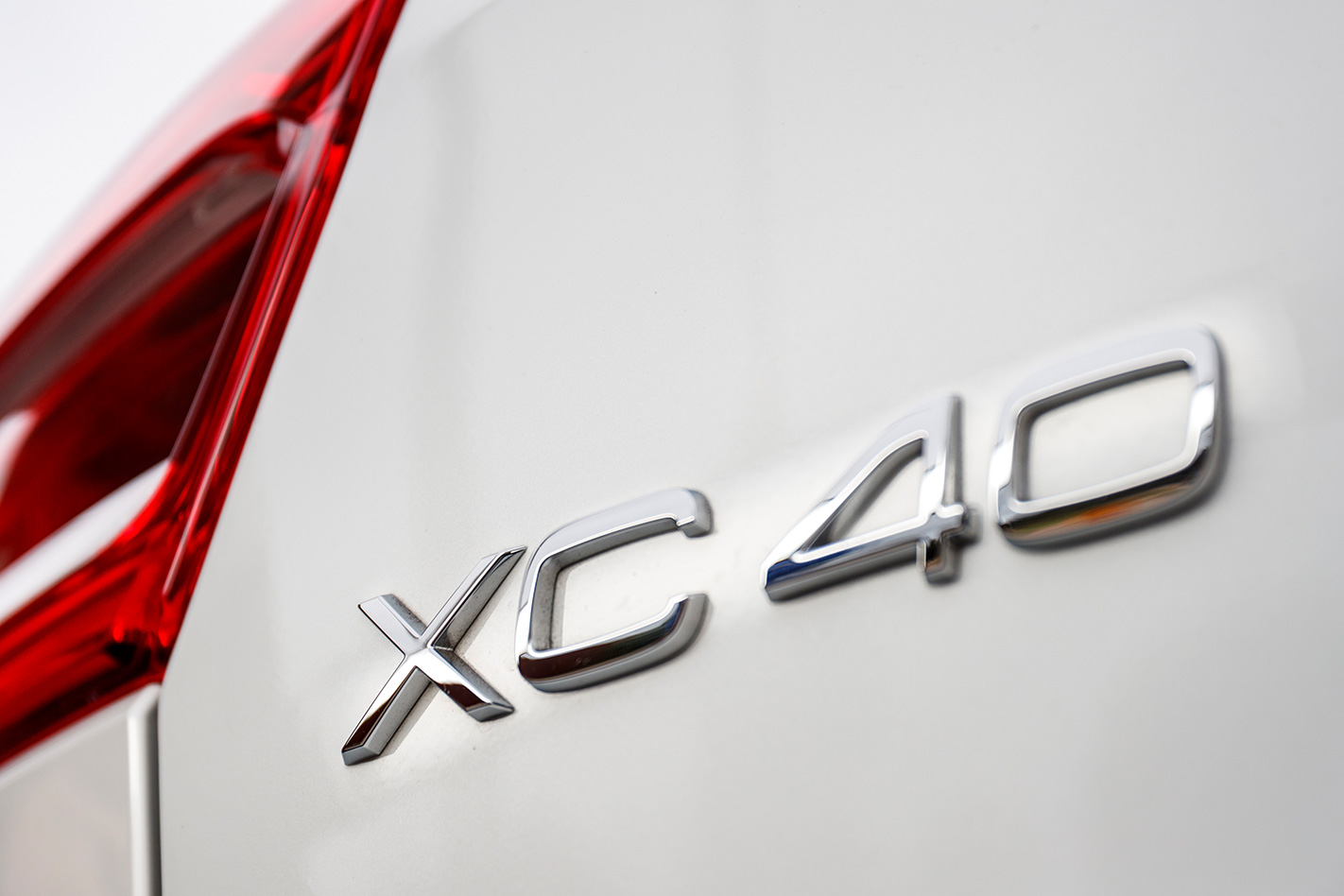
Other standard kit is what you’d expect from vehicles in this price range, including leather-trimmed upholstery, city-speed automatic emergency braking, powered-front seats, dual-zone climate control, satellite navigation, a head-up display, push-button start, LED headlights, DRLs, fog-lights, paddle shifters, auto stop/start and electric folding mirrors.
The Volvo also gets a digital instrument cluster, a powered bootlid, keyless entry and Android Auto/Apple CarPlay connectivity, while the Jag scores heated door mirrors and rear fog-lights.
Equally as telling is what you have to pay extra for, and this is where the Volvo proves far better value.

Our XC40 test car came with the Launch Edition pack, which brought adaptive cruise control, heated seats, panoramic sunroof, surround view camera, security alarm and tinted rear glass, power-folding rear backrest, automatic park assist, Harman Kardon premium sound system, plus the funky orange ‘Lava’ carpet and door trims as a no-cost option. Incredibly, all this just adds just $1750 to the standard T5 R-Design price that, with the $1150 for premium paint, took our test car’s retail pricing to $57,890.
The Jag also gained a bunch of extra features, which coincidentally brought it very close to the Volvo’s spec, including the Enhanced Specification Pack ($3610), with twin exhausts, powered tailgate (although it lacks a locking function), soft-grain leather steering wheel and a head-up display. Individual add-ons on our test car included a sunroof ($2160); 19-inch 10-spoke wheels ($1370); Meridian premium sound system ($1270); towbar ($780); digital gauges ($690); heated front seats and a smartphone pack to connect with Jaguar phone apps ($420), which brought the as-tested total to a whopping $70,880.
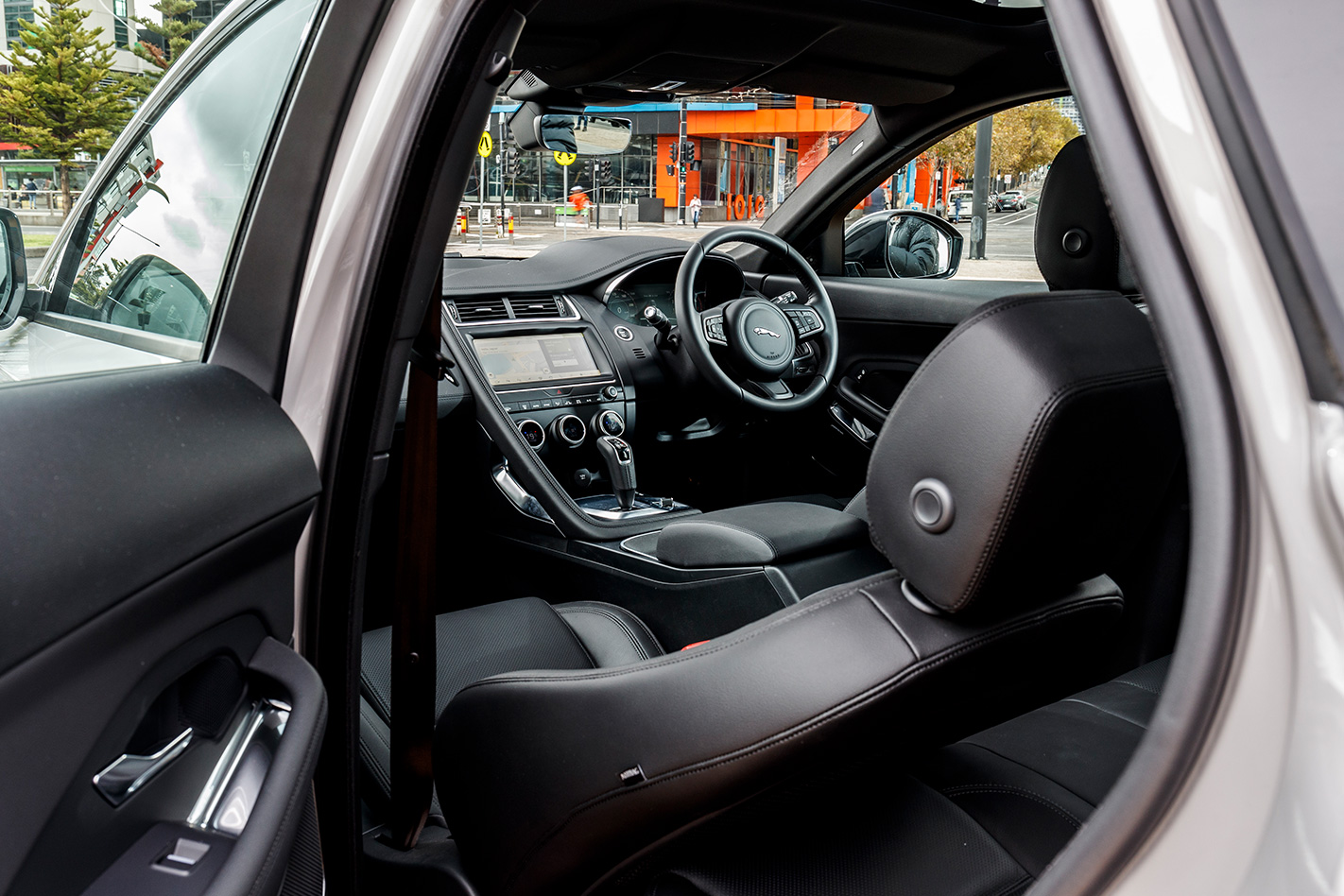
WINNER: Volvo XC40
INTERIOR AND CONNECTIVITY
Each cabin comes standard with black leather and powered front seats. The front seats are comfortable in different ways – the Jag’s are soft but supportive and feel like they’re embracing you, while the Volvo’s are a little firmer but seem shaped to support every contour from behind your knees right up to your neck.
Both cars have a good driving position with decent forward vision, with gauges and buttons generally well placed. For some reason the Jag has a standard gear shifter and not the cool dial that rises out of the centre console as in other the Gaydon’s other models. But even that’s better than the Volvo’s little knob, which needs to be double-tapped when crossing Neutral to Drive or Reverse (rather than responding to a single fluid movement).
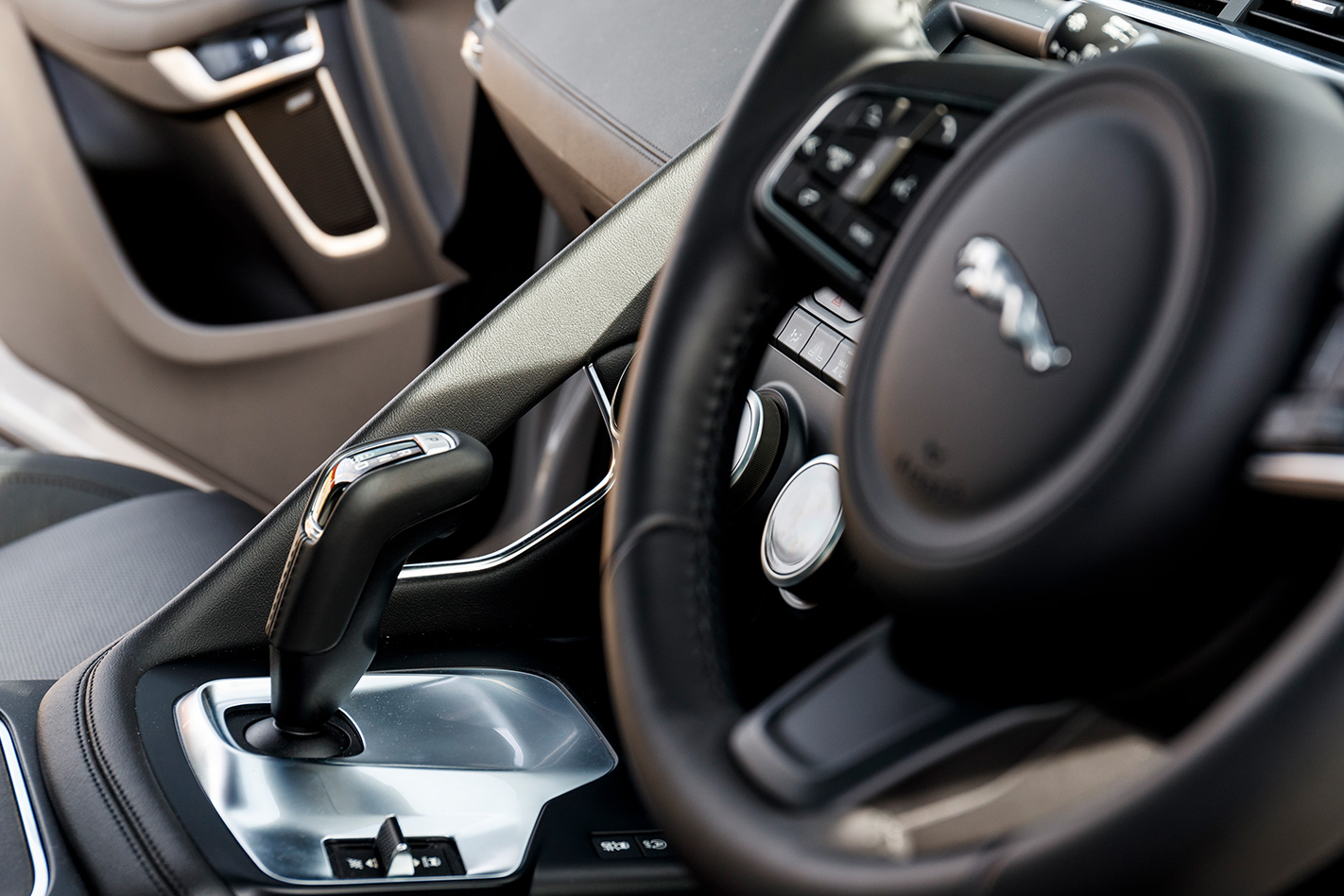
The XC40’s interior design stands out, bringing retro-modish charm including beautifully sculpted seats, vertically aligned air vents and armrests that look like they’ve been chiselled from the doors. This is enhanced by the optional “Lava” carpet and door trims and R-Design aluminium inlays.
Storage is also taken a step further with illuminated front door bins big enough to hold a laptop bag, a flip-out handbag hook on the glovebox lid, and a deep, removable tub in the centre console that doubles as a rubbish bin.
The minimalist E-Pace interior, featuring a clean, swept look dominated by a touchscreen that handles most of the car’s multimedia functions and settings, and three large dials for the dual-zone climate control system, looks a bit drab by comparison.
The rear seats are spacious in each car, with enough leg and headroom for larger adults. Both have rear air/heating vents behind the centre console. Backseat passengers get a single USB recharging port in the Volvo, while the Jag has three.

The Volvo also has the edge with an infotainment system viewed via a 9.0-inch vertical touchscreen display, and Android Auto/Apple CarPlay smartphone pairing. As well as controlling audio and navigation functions, you can sweep the screen sideways to access more vehicle functions – a feature that helps Volvo declutter the dashboard.
The Jaguar’s infotainment is viewed via a panoramic 10.0-inch screen with an attractive, user-friendly interface, though it doesn’t support Android Auto/Apple CarPlay.
Digital gauges and driver info are standard in the Volvo and a $690 option in the Jag, and both have a head-up display.
The Jag just wins on boot space, boasting 484 litres with the rear seats in place, but the Volvo makes the most of its 460 litres with four bag hooks and a false floor that reveals a deeper section to hide things away.
WINNER: Volvo XC40
RIDE AND HANDLING
Not much separates these two around town. They’re both fun to drive, and feel well planted with light, direct steering and multilink rear suspensions.
The Jag’s 183kW/365kW Ingenium engine is slightly more powerful than the Volvo’s 182kW/350Nm T5, with the extra Newtons coming in handy to shove its 1823kg kerb weight – that’s a rugby front-rower more than the Volvo’s 1710kg mass. The extra heft becomes evident when you leave the city, where it feels more Garfield than Jaguar, with a bouncy ride and pronounced body roll that’s particularly felt in the rear seats. Excellent steering and the sticky, thick-walled 18-inch “summer” tyres inspire confidence on bendy roads.
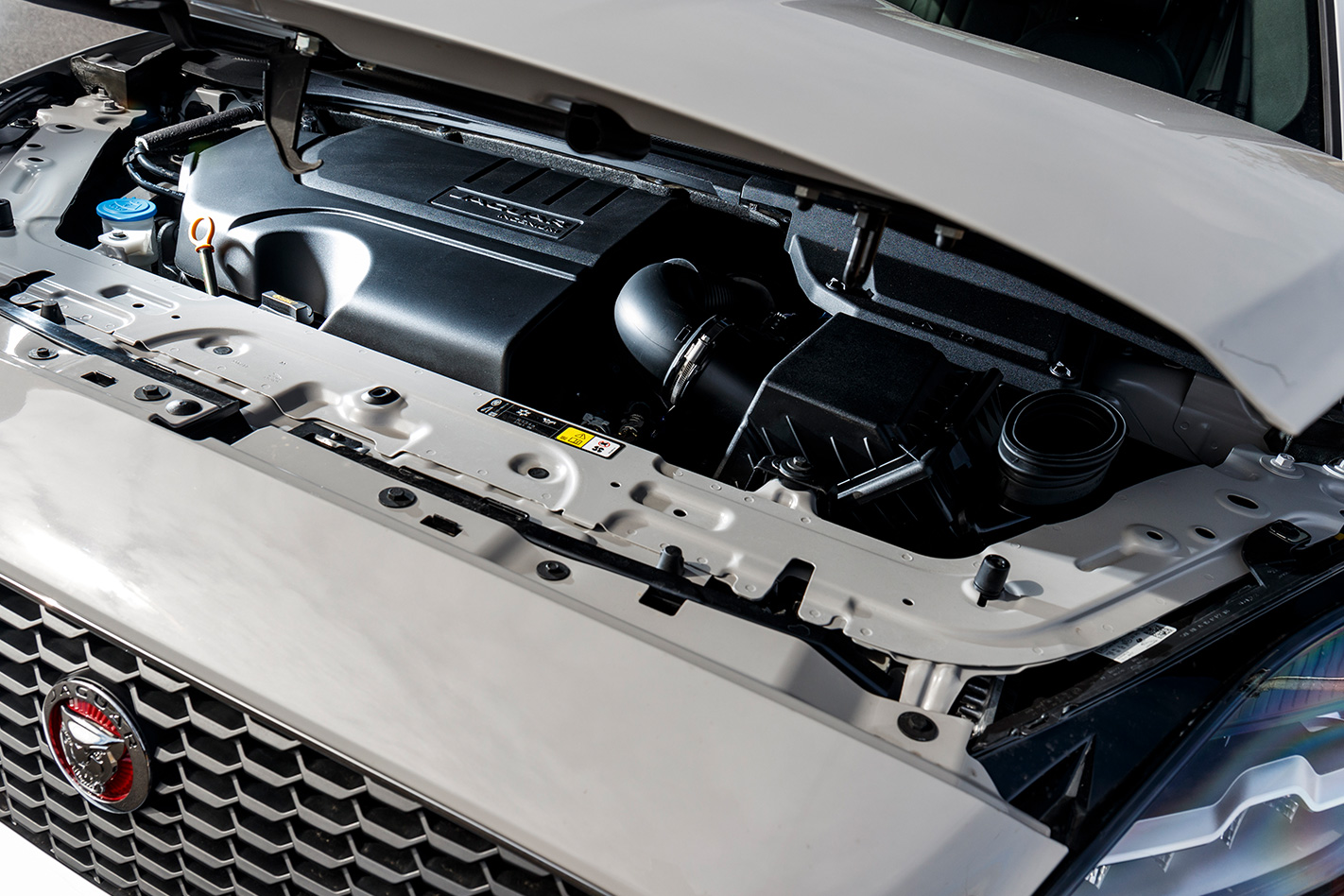
While the Jag looks a little over-tyred on its tall rubber, the Volvo, at 1652mm, is 3mm taller, but a taught chassis does well to contain the XC40’s high centre of gravity. The suspension absorbs bumps well; the 20-inch Pirelli PZero tyres feel a little coarse without being uncomfortable, with any jarring well contained by the suspension and ergonomic front seats. Things can feel a little choppy in the back seats, though.
The XC40’s only downside is its overly assisted power steering, which makes for nimble handling around town but at higher speeds leaves the driver feeling disconnected from the front wheels, sapping confidence when exploring the limits.

WINNER: Volvo XC40
PERFORMANCE AND ECONOMY
Not much splits the two 2.0-litre turbocharged, automatic, all-wheel-drive powertrains on paper.
The Jag’s Ingenium engine produces 183kW at 5500rpm, with its 365Nm maximum torque kicking in from 1200 to 4500rpm. It provides plenty of oomph, which is complimented with a smooth-shifting nine-speed auto that has no trouble keeping up with throttle or brake inputs. Throttle response is instant, requiring a light foot if you want to maintain a constant speed with the cruise control off.

The Volvo T5’s power output is almost identical, producing 182kW at 5500rpm. It feels a little more relaxed when driving around town and at highway speeds, but comes alive when you put the foot down with much of its 350Nm of torque available between 1800 and 4800rpm via an obedient eight-speed auto.
The Volvo’s leaner kerb weight gives it an edge when accelerating, with a claimed 6.4-second 0-100km/h compared with the Jag’s still brisk 7.0 seconds. Our testing showed slightly higher times, with the XC40 hitting the ton in 7.2 seconds while the E-Pace managed 8.1 seconds. The Volvo’s higher torque range also saw it do better between 80-120km/h with a time of 4.6 seconds, compared with a relatively tardy 6.2-second effort from the Jag.
Interestingly the fat cat’s extra 113kg didn’t disadvantage its relative fuel economy. Both cars have an official combined fuel use of 7.7L/100km, but our real-world testing showed the Jag, with its nine-speed auto, drank 10.7L/100km after some vigorous driving, while the Volvo swigged it at a rate of 12.1L/100km.
WINNER: Volvo XC40
WARRANTY AND SERVICING
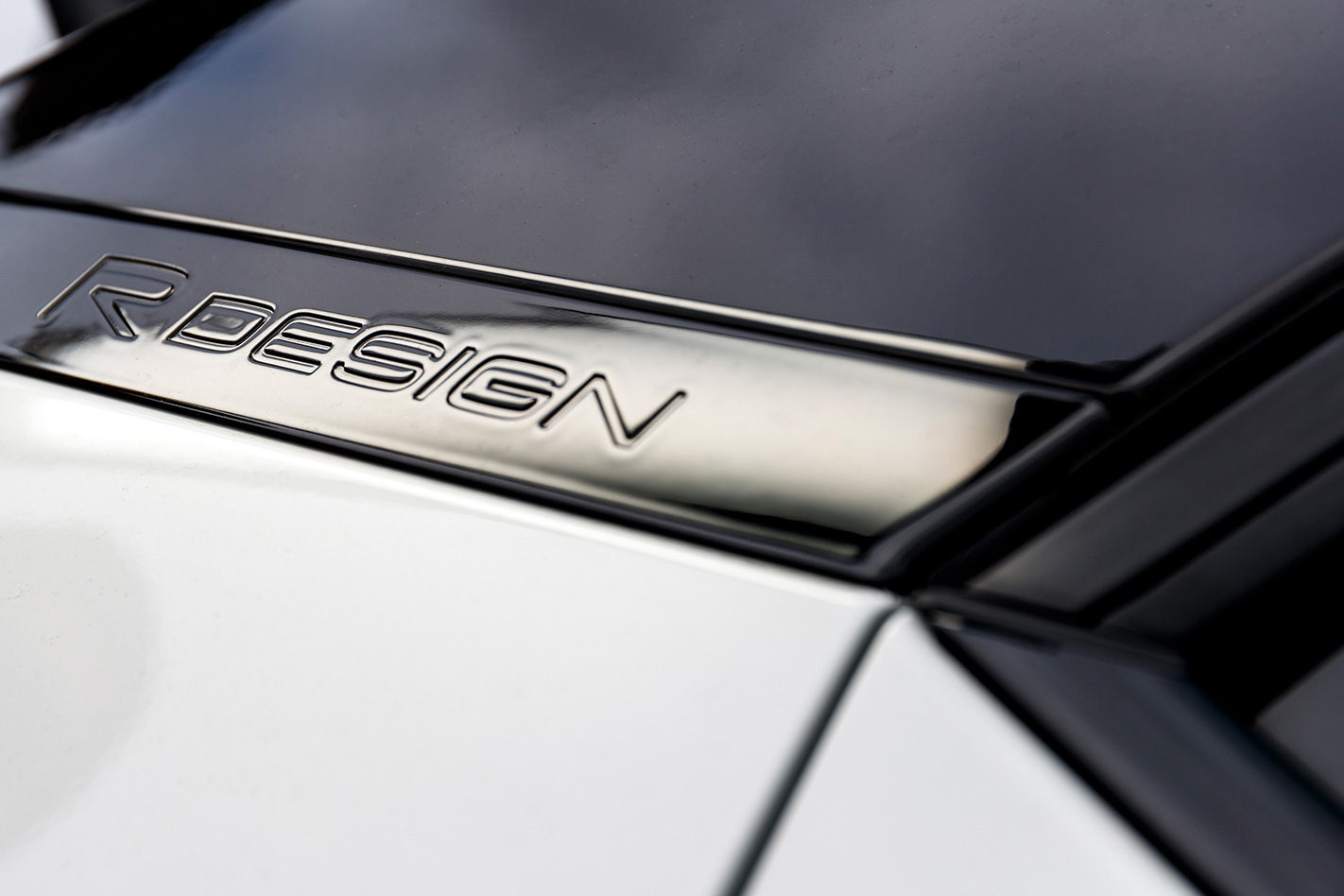
The XC40 comes with a three-year, unlimited-kilometre warranty, with first service at 15,000km or 12 months and service intervals every 15,000km/12 months. Volvo offers service plans over different three-, four- or five-year periods. Choosing the 75,000km /five-year plan caps servicing costs to $4030; this works out to $806 a service.
The E-Pace’s three-year warranty is limited to 100,000km, but you won’t need to visit your mechanic until you’ve clocked up 26,000km or 12 months, with subsequent servicing following the same interval. Jaguar has a five-year service plan that caps costs to $1500 over 96,000km/five years, which averages out to $300 a pop.
WINNER: Jaguar E-Pace
VERDICT

There’s a lot to like about both of these cars. While the XC40 almost scooped the pool here, there isn’t that much between the two especially if your taste in cars, or your heart, leads you to the E-Pace.
The differences in performance and handling are more evident on open roads where the Volvo feels a little more refined, and less inhibited by weight. However, the differences are less obvious in city driving, where each car felt nimble and comfortable.
The Jaguar has better fuel economy and significantly cheaper servicing, but its economic advantage is lost when you start ticking the boxes for a list of options that get close to the Volvo’s standard equipment levels. To that end, the XC40 T5 R-Design brings more to the table in terms of showroom appeal, including its overall design and pricing, to make it the better package.





